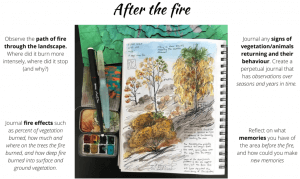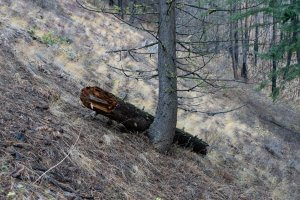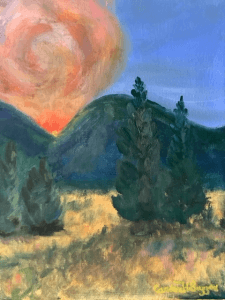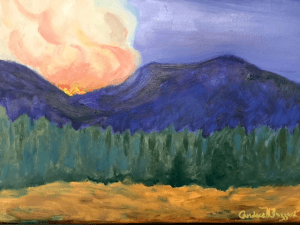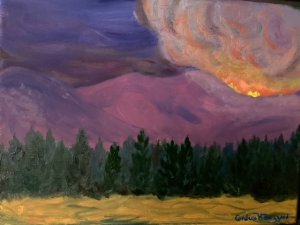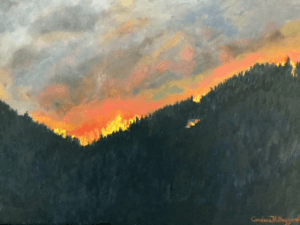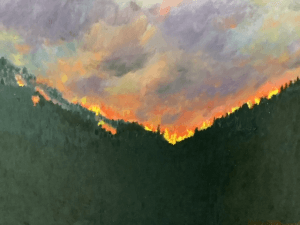Fire journaling is an emerging form of nature journaling. It uses art, writing and scientific inquiry to look closely at how a landscape is affected by a fire. Over time these journals can help us to assess how a burned area is recovering and the habitat it is providing. We know that many of our members are artists, photographers, writers, scientists or observers of the natural world. To help us tell the narrative of fire and all its impacts—positive and negative—we’d like to invite you to share your fire observations with us. These observations can be of the post-fire recovery of a particular place, the fire behavior during a fire (prescribed or wildland), or characteristics of a landscape before fire (is it well-adapted and prepared for fire or not? Is there sign of historic fires?). In time we hope this fire journal on our website can serve as a repository of local knowledge about how fire interacts with our backyard forests.
Visit this Pyrolife Blog for more information and inspiration for your fire journal.
Mirriam Morrill has a beautiful fire journaling website as well.
Submit pictures from your fire journal, photos, observations, questions or hypotheses that come up to our Communications Manager, Nick Littman at nick@mvcitizens.org. Nick will be doing his own long-term fire journaling.
David Lukas
Cedar Creek Fire Observations
November 2021

